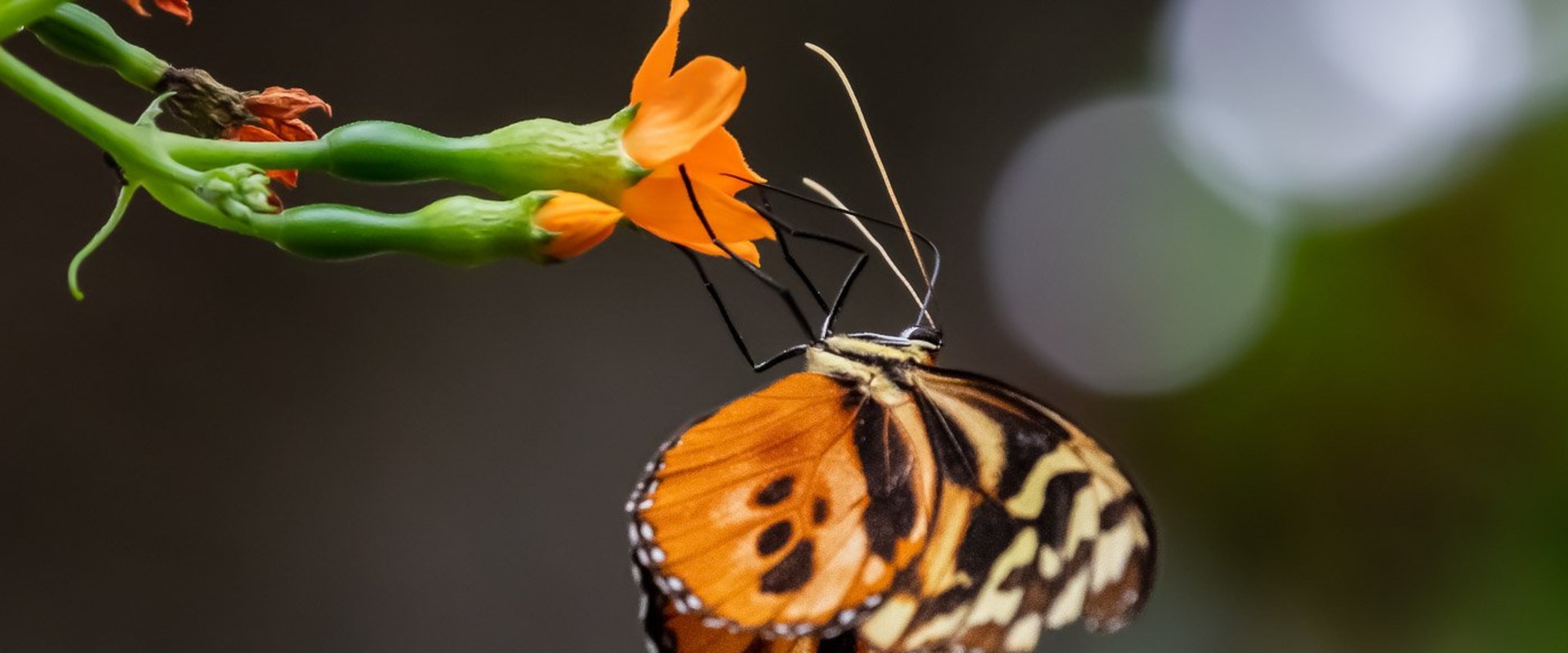Product photography can be a daunting task, especially when it comes to reducing noise. Whether you are a beginner or an experienced photographer, the challenge remains the same: finding the right techniques and tools to achieve the highest quality images with minimal noise. In this article, we will explore tips for product photography and post-processing techniques that can help you reduce noise in your images. From selecting the right camera settings to using noise reduction filters and other post-processing techniques, we'll show you how to get the best results with minimal effort.
So, if you're ready to learn more about noise reduction for product photography and post-processing, read on!
Tips for Getting the Best Results
When it comes to noise reduction, the key is to find the right balance between preserving details and removing noise. Here are some tips for getting the best results:1.Shoot in RAW: Shooting in RAW will give you the most flexibility when it comes to noise reduction. RAW files contain more data than JPEGs, which gives you more control over noise reduction.2.Use a noise reduction filter:
A noise reduction filter can help reduce digital grain and improve image sharpness.Look for software that has a built-in filter or plugin.
3.Adjust your ISO:
If you are shooting in low light, try to reduce your ISO as much as possible. Higher ISO settings can produce more noise in your images.4.Adjust your shutter speed:
Shutter speed can also affect the amount of noise in your images.Slower shutter speeds will produce more noise, so try to increase the shutter speed if possible.
5.Use a tripod:
Using a tripod will help to reduce camera shake and motion blur, which can lead to more noise in your images.6.Use post-processing software:
Post-processing software can help you make further adjustments to reduce noise and improve image quality. Look for software that has dedicated noise reduction tools.Noise Reduction Techniques for Product Photography
Noise Reduction is an important step in the process of creating high-quality images.There are several techniques that can be used to reduce noise in product photography, including using a lower ISO setting, using a longer exposure, and using a noise reduction filter. When using a lower ISO setting, the camera will be able to capture less noise and therefore produce images with less digital grain. This technique works best when shooting in low light conditions, as the camera will be able to capture more light without adding additional noise. It is important to note that lower ISO settings can also result in longer exposures, so it is best to use a tripod or other support when shooting in low light. Using a longer exposure time can also be a great way to reduce noise in product photography.
A slower shutter speed will allow the camera to capture more light and reduce the amount of digital grain present. It is important to ensure that the shutter speed is not too slow, as this can lead to motion blur or image blur. Using a noise reduction filter can also be effective, as it will help to reduce digital grain and improve image sharpness. Finally, post-processing techniques such as sharpening and noise reduction can be applied after the photo has been taken. These techniques can help to reduce digital grain and improve image sharpness, while also making colors look more vibrant.
It is important to note that post-processing techniques should be used with caution, as they can often result in over-processing or unnatural looking images.
Noise Reduction Techniques for Post-Processing
Noise reduction is an important step in the process of creating high-quality images. It can help to reduce digital grain, improve image sharpness, and make colors look more vibrant. In post-processing, there are several techniques you can use to reduce noise in an image. One of the most effective methods of noise reduction is through the use of noise reduction filters.These filters can be used to blur or smooth out any unwanted noise in an image. They can also be used to reduce color noise, which is often caused by too much saturation or brightness in an image. Another popular technique for noise reduction is sharpening. This technique can be used to enhance the details in an image and make them stand out more.
It can also be used to reduce noise, as it helps to bring out the finer details in an image. Finally, HDR processing is another useful noise reduction technique. This technique combines multiple images of a scene into one image with higher dynamic range. This allows you to capture a greater range of light and detail, which can reduce noise in an image.




Leave Message